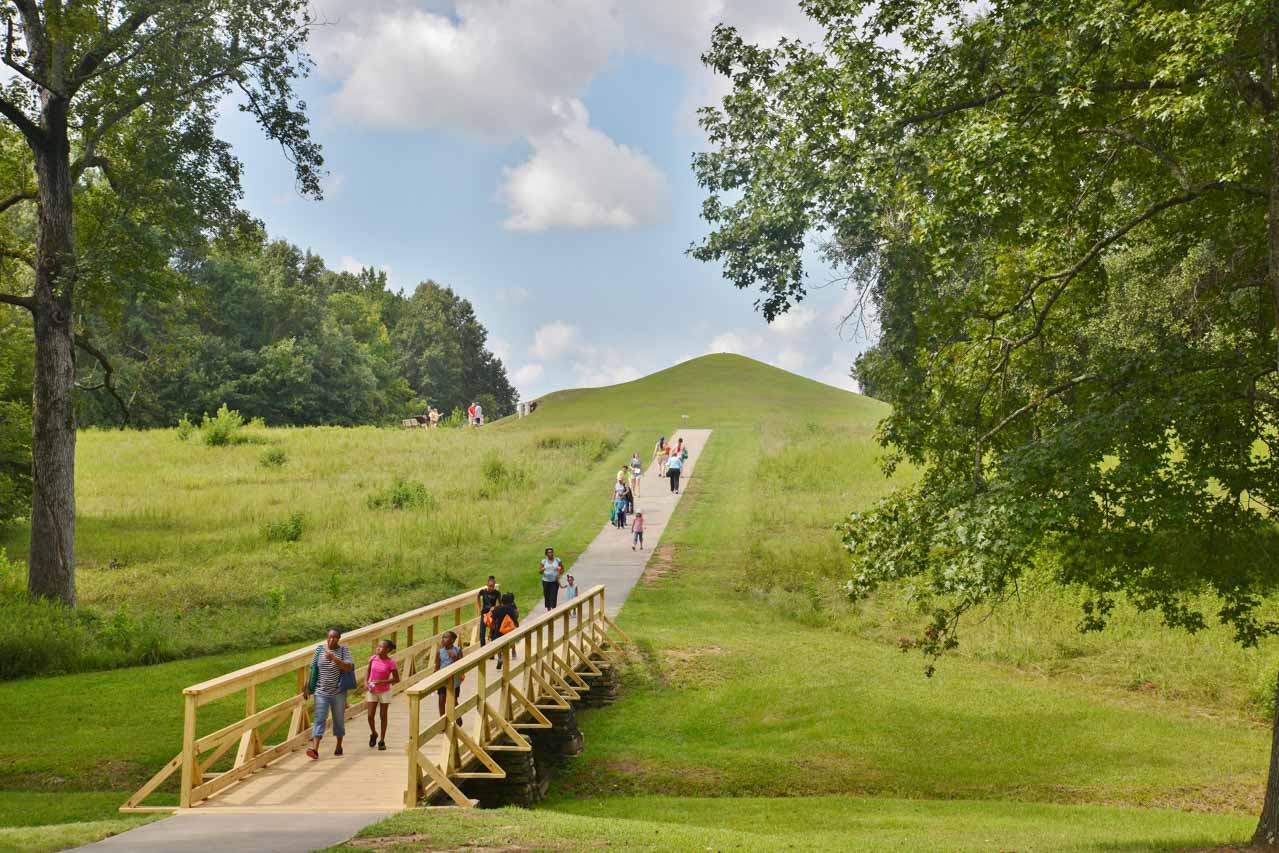Land Purchase More Than Doubles the Size of Ocmulgee Mounds National Historical Park, Georgia
This news story about the doubling in size of Ocmulgee Mounds National Historical Park is based on a February 9, 2022, National Park Service press release. You can read the original release here.
Preserving some of the most important Native American archaeological sites in the eastern United States, Georgia’s Ocmulgee Mounds National Historical Park has more than doubled in size, thanks to a recent land acquisition.
According to the National Park Service, this historic addition to the park is the result of collaborative efforts from the Muscogee (Creek) Nation, the National Park Service (NPS), Ocmulgee National Park and Preserve Initiative, National Park Foundation and the Open Space Institute (OSI).
The property will provide additional protection for some of the most significant prehistoric Indigenous mounds in North America.
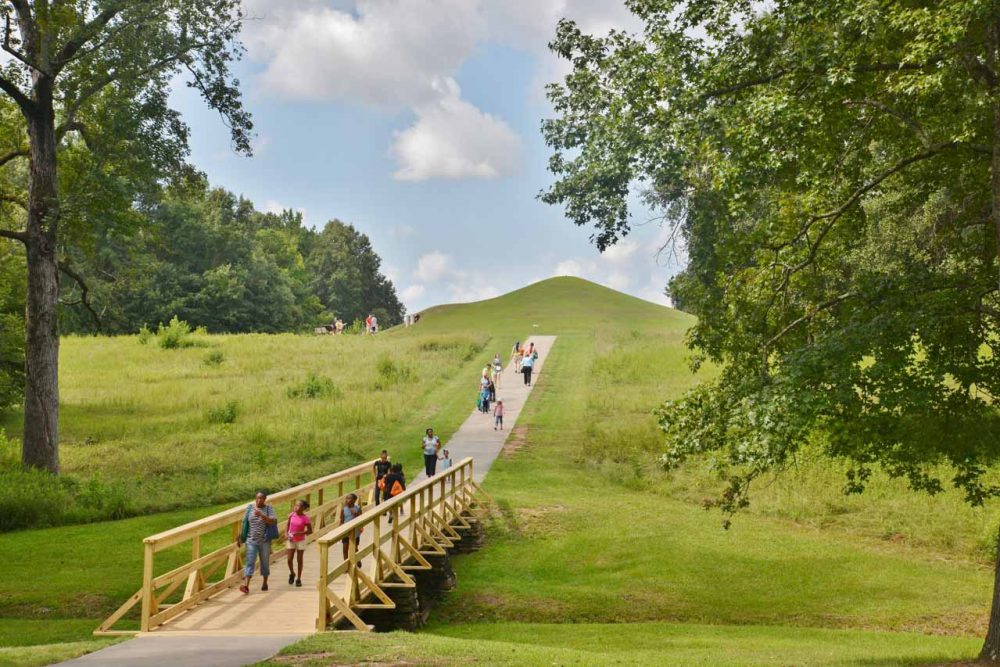
Ocmulgee Mounds National Historical Park More Than Doubles Its Size
Located adjacent to the national historical park, the newly protected 951-acre property was under threat of incompatible industrial development before OSI negotiated a deal to purchase the land in 2021.
The project results from a major expansion of the park in 2019, quadrupling the authorized boundary from 701 acres to more than 3,000 acres.
This major addition sets the stage to expand a unique urban park that tells the story of 17,000 years of continuous human habitation of the Ocmulgee basin.
With the protection of the property, 906 acres will be immediately transferred to the National Park Service (NPS) as an addition to the park.
Meanwhile, the remaining 45 acres will be transferred to the Ocmulgee Land Trust, which will hold the land while wetlands restoration occurs, and then donate it to the NPS.
Open Space Institute negotiated the contracts and managed the transactions until transfer to NPS and Ocmulgee Land Trust.
The newly acquired property is located to the east of the previous park boundary and situated within the “Ocmulgee Old Fields,” also known as the Macon Reserve, a three-by-five mile site revered as a sacred place to Muskogean people.
The Ocmulgee Old Fields-Macon Reserve is comprised of lands specifically retained by the Muscogee (Creek) Nation from 1805 until the 1826 Treaty of Washington, which in addition to other treaties culminated in removing the Muskogean people from their ancestral home to present-day Oklahoma.
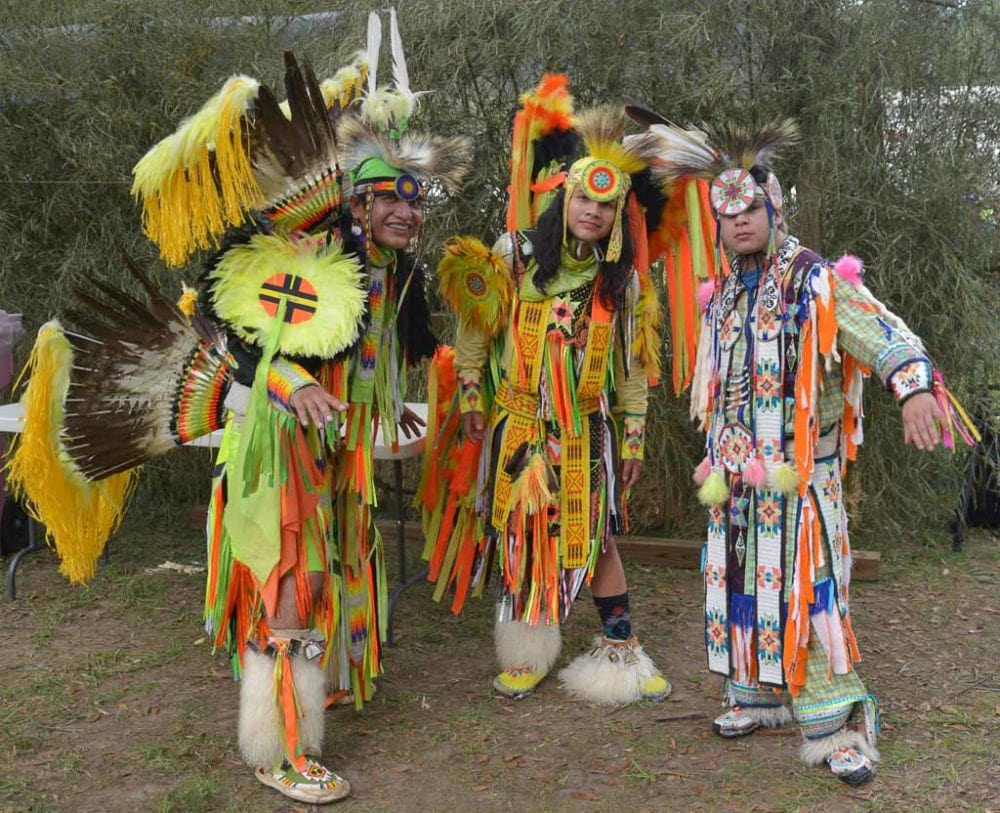
Ocmulgee Mounds Expansion Generates Praise Across the Board
“This land is incredibly special, holding history dating back thousands of years. With this transaction, we are ensuring its permanent protection and acknowledging the Muscogee (Creek) Nation’s historic and ancestral connection to this hallowed place.”
Kim Elliman, president and CEO of OSI
“This additional property includes some of our most important unprotected ancestral lands. The Muscogee (Creek) Nation have a long-standing history of preserving the Ocmulgee Old Fields-Macon Reserve. We have never forgotten where we came from and the lands around the Ocmulgee River will always and forever be our ancestral homeland, a place we consider sacred and a place with rich cultural history,” said David Hill, principal chief of the Muscogee (Creek) Nation.
National Park Service Director Chuck Sams also shared his thoughts on this momentous acquisition, stating “it is our solemn duty and honor to protect our nation’s most significant lands. It’s even more critical that we work collaboratively with Tribal nations to ensure proper conservation and access.
Sams also reiterated that “the National Park Service will continue to work with willing sellers to preserve the culturally significant land associated with the Ocmulgee Old Fields.”
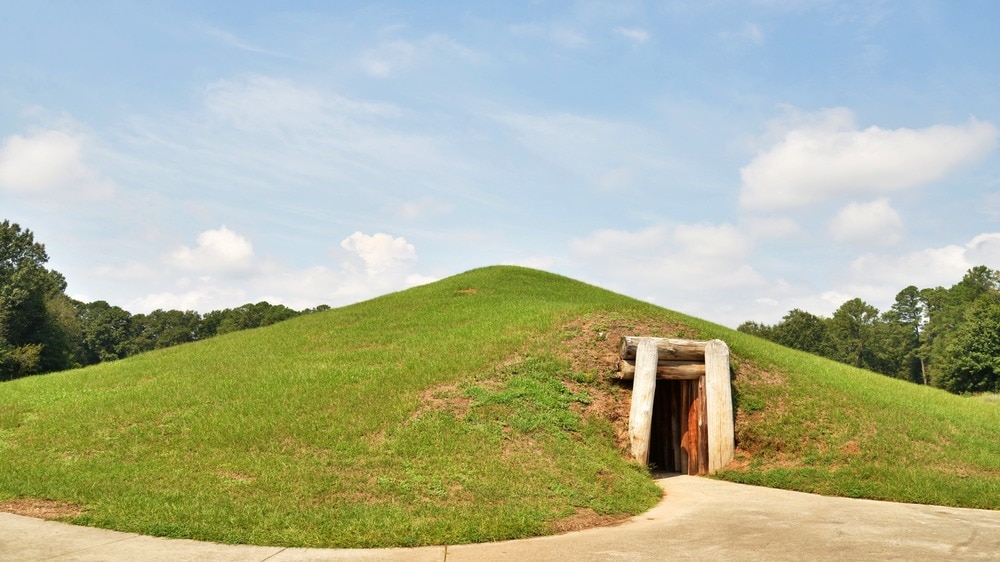
“Our gratitude to all who worked on one of the most significant projects in Middle Georgia’s and our country’s history is hard to put into words,” said Chris Sheridan, board president of the Ocmulgee National Park and Preserve Initiative.
“To the landowners and partners who want to see their land put to its highest and best use, and to the donors whose farsightedness and generosity are unmatched, the stewards of these sacred lands we call home are forever grateful.”
Will Shafroth, president and CEO of the National Park Foundation said that “this addition to Ocmulgee Mounds National Historical Park demonstrates the importance of collaboration between the National Park Service, Tribal governments and other partners.”
He added that “the National Park Foundation is committed to the collective effort to preserve this land that honors and expands our understanding of the past and present contributions of the Muskogean people.”
The Ocmulgee Mounds Are Some of North America’s Most Significant Archaeological Sites
The park contains some of the most significant Native American mounds in North America and was the largest single archeological excavation in American history, producing more than two million artifacts, in the 1930s.
The park’s striking mounds are marvels of highly skilled Indigenous engineering, that today constitute one of America’s most important cultural landscapes.
Seven of the mounds can be found at the park, including the 55-foot-high Great Temple Mound, located on a high bluff overlooking the floodplain of the Ocmulgee River.
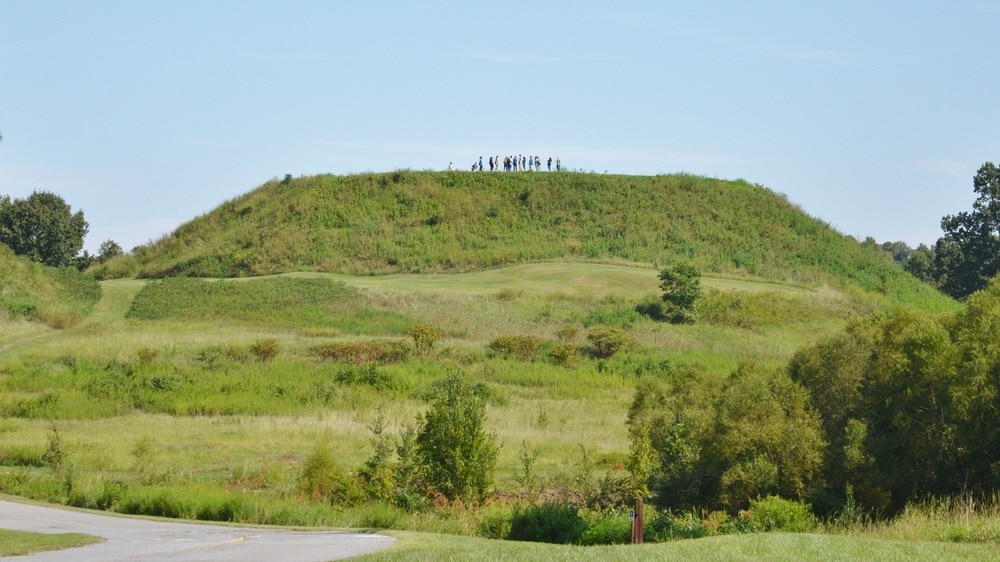
The Muskogean people who built these mounds spoke unique dialects reflecting lingual divergence from other tribes more than 3,000 years ago, making Muskogean — which is still spoken today — the only truly native southeastern language.
The conservation project was funded by the NPS using Land and Water Conservation Funds, Knobloch Family Foundation through a grant to OSI, Peyton Anderson Foundation through a grant to the Ocmulgee National Park and Preserve Initiative, and the National Park Foundation.
Efforts to protect the park would not be possible without the partnership of the Ocmulgee Land Trust, National Parks Conservation Association, The Nature Conservancy and Georgia Conservancy.
The newly acquired land will initially be closed to the public as the NPS develops a management plan to identify effective ways to preserve the integrity and interpret the site, while also providing access to it. The NPS will invite public involvement in planning for the site.

